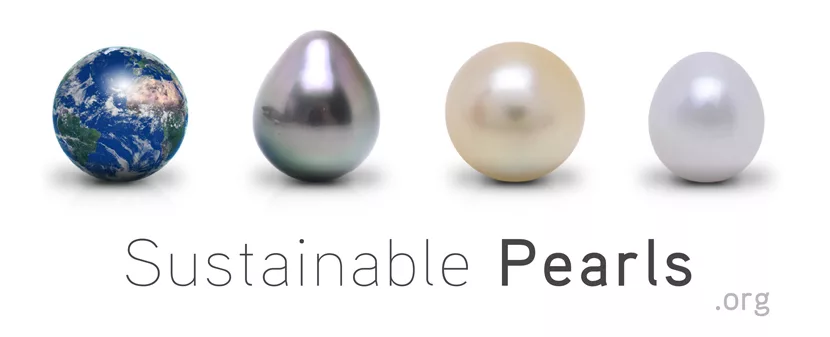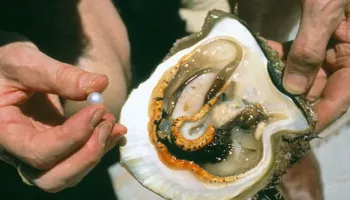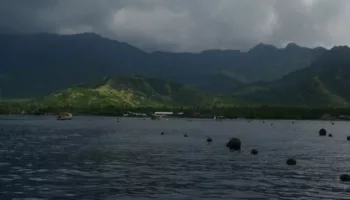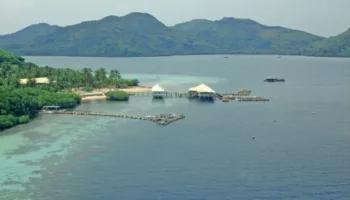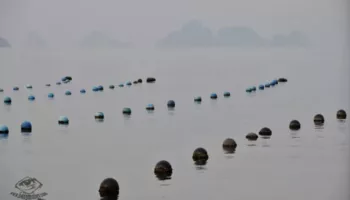White & Golden South Sea
cultured pearls
It was with Akoya pearl oysters that Kokicki Mikimoto began marine cultured pearl farming in Japan in 1916. Due to their longstanding history, these remain the classical white pearls sought by customers. Akoya cultured pearls come from the Pinctada fucata martensii oyster. They are typically farmed in colder waters than other marine cultured pearls and are characterized by thin nacreous overgrowth.
At present, Akoya pearl farming is also carried out in China and Vietnam.
The cultivation of Pinctada Maxima varies from region to region. Whilst in the Philippines they are the product of hatchery production, adult oysters can be collected in the wild under a strict quota system in Australia.
The difference to Akoya pearls is their large size, greater nacreous overgrowth. Whereas Akoya pearls rarely come in sizes greater than 20mm, South Sea pearls can reach up to 20mm. The shell of Pinctada Maxima is greater than that of other species which means that it can grow larger pearls and can also be used as nucleus material.
Andy Müller estimated that white and golden South Sea cultured pearl production was worth US$172million in 2009. Whereas Indonesia is the largest producer of these pearls (43% production share, 27% share in value), Australia produces pearls of higher value (38% production, 61% share in value).
Around the world
White & Golden South Sea
cultured pearls farming regions
Click on a region to learn more
More Pearl types
Marine & freswater cultured pearls
Click on the pearl type to learn more
